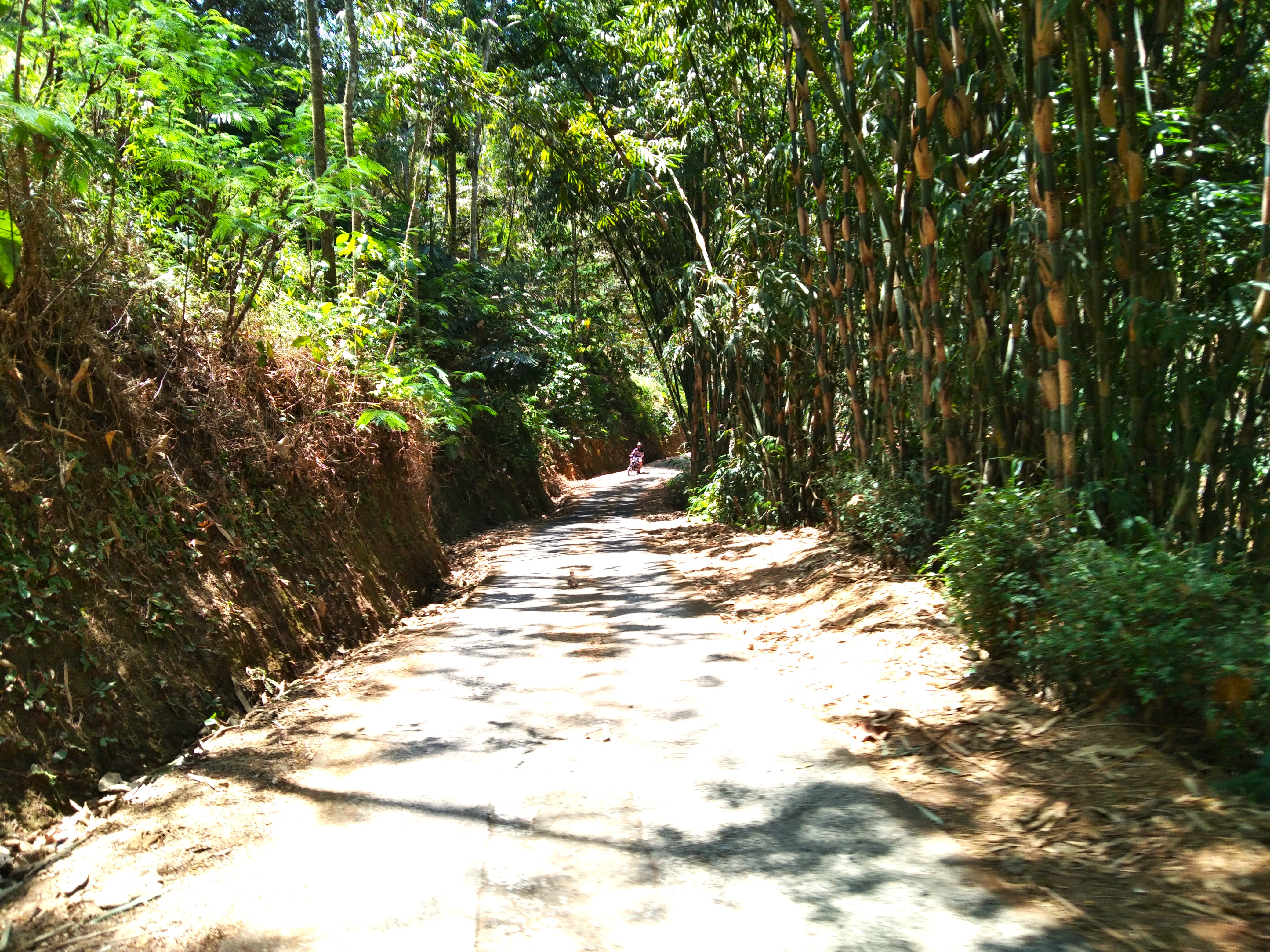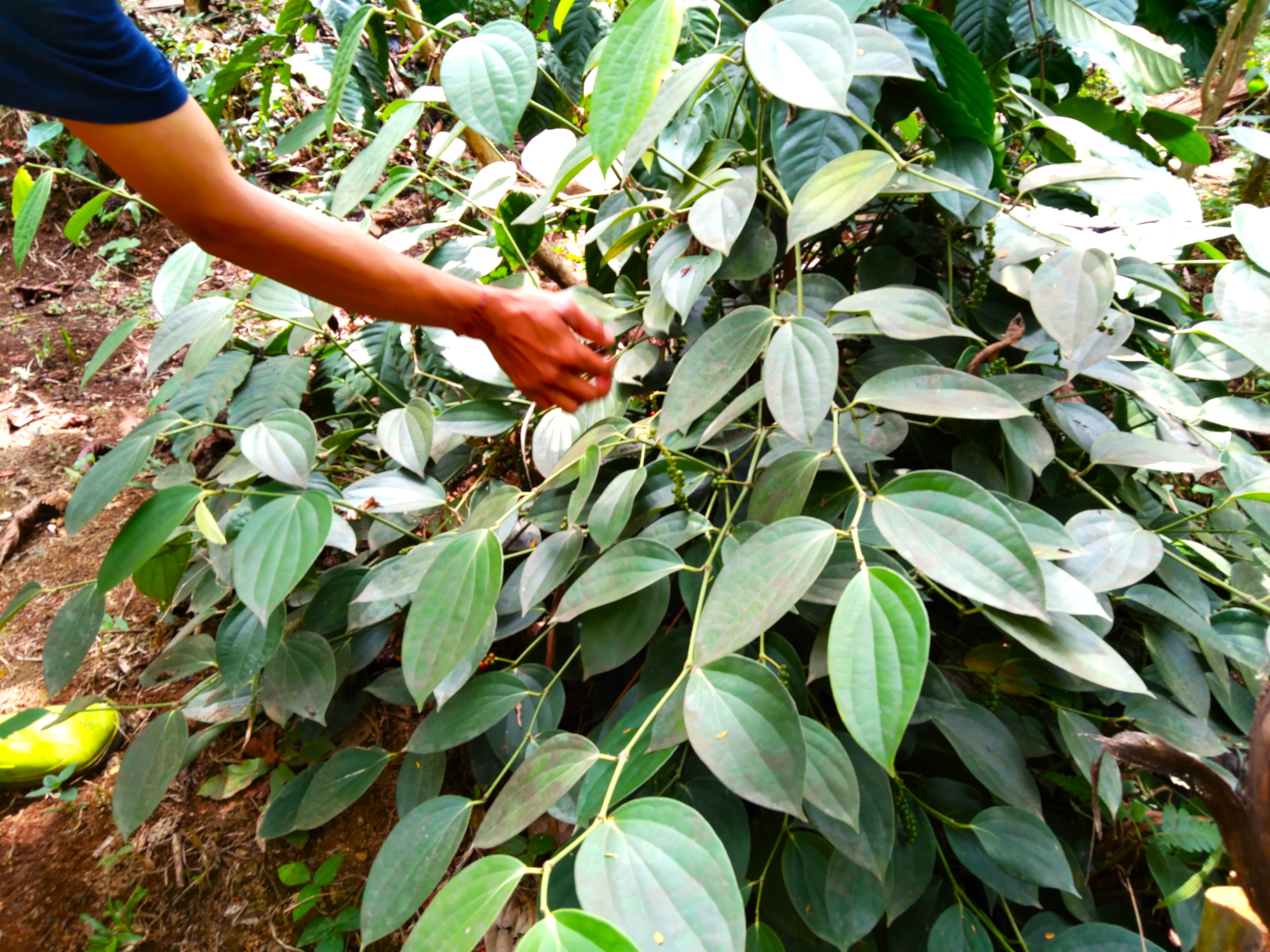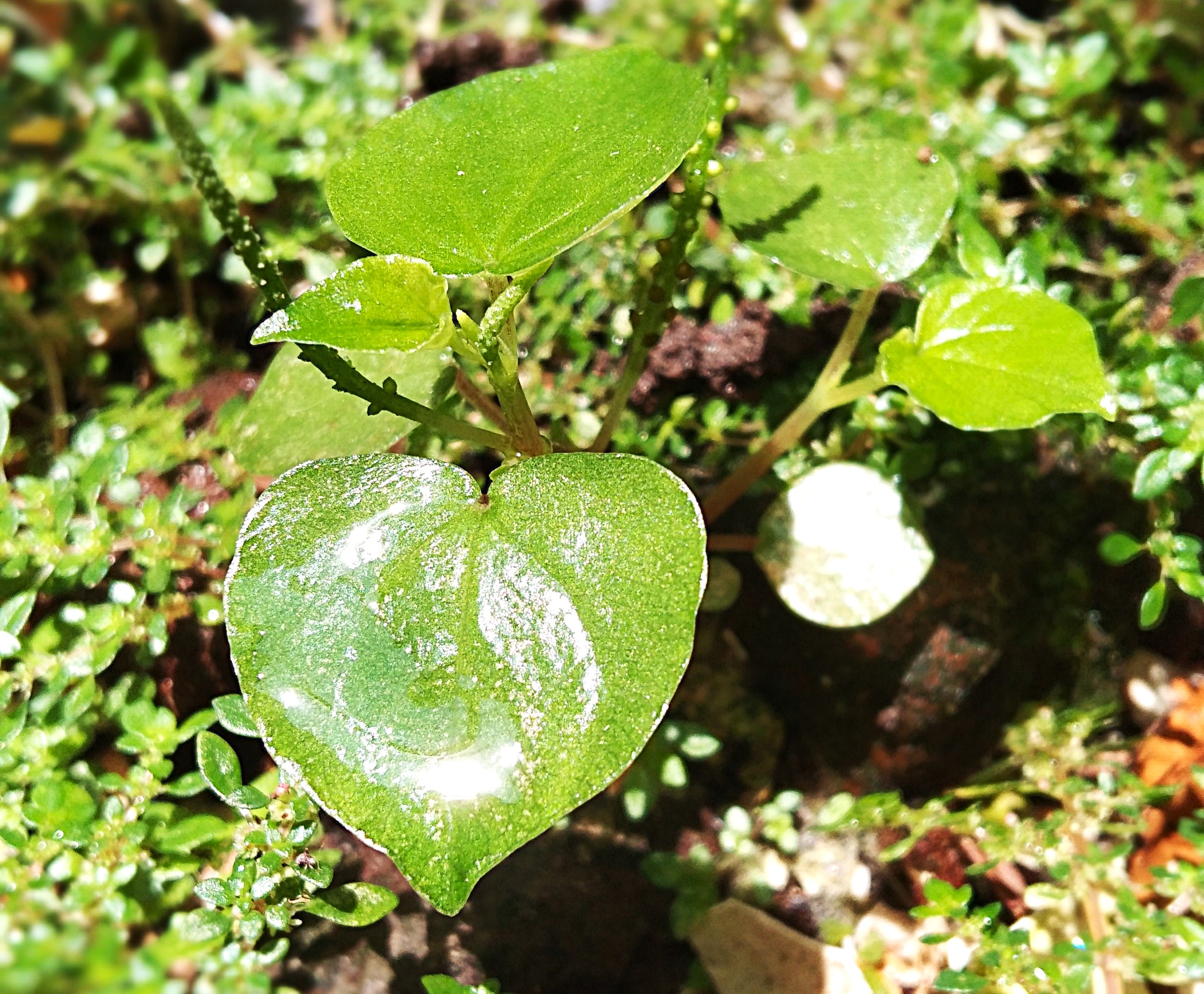
Back to the Village: Amidst the Aroma of Spices and Old Stories
As the coffee harvest ends, Sabato Kaliwuan returns to his quiet village, drawn by news of the impending spice harvest. In September, villagers prepare to celebrate the pepper harvest (Piper nigrum, the 'black gold' of the tropics). Behind these grains of spice lie ancient stories, tenderly told by the village elders—tales of spice history, ancient trade, and the journey of flavors that have crossed continents for centuries. This is the beginning of a journey that not only tantalizes the senses but also brings to life stories nearly forgotten.
In September, as the city began to fill with dust and exhausting activity, Sabato Kaliwuan decided to return to the village, where time seemed to slow down and the air always carried the scent of fresh earth. He walked through the gardens, among the pepper plants (Piper nigrum) that thrived alongside the coffee trees.
As he continued walking through the garden, Sabato Kaliwuan took a closer look at the rows of pepper plants (Piper nigrum) growing luxuriantly among the coffee and coconut trees. A gentle breeze blew, causing the leaves to sway gently, as if waving. Among them, his eyes were drawn to the unique shape of the leaves, heart-shaped and glossy, as if holding a secret.
“The leaves are similar to betel leaves (Piper betle)?” muttered Sabato Kaliwuan…. (Anyone who visits this village and sees the pepper plant (Piper nigrum) will definitely say: “At first glance, it looks like betel leaves…”) One of the villagers smiled, approached, and said softly, “This is not betel (Piper betle)!

However, there is also a plant that is similar to betel leaves (Piper betle), namely karuk leaves or ground betel or Chinese betel (Peperomia pellucida). From the shape, it is identical: "smooth surface, pointed tip, fine veins. But the size is smaller, and when tasted, the taste is softer than betel and not as spicy, not as sharp as betel leaves." Karuk leaves or ground betel or Chinese betel (Peperomia pellucida) are rich in Saponin compounds, polyphenols, and flavonoids, besides also containing essential oils.
“Try inhaling the aroma.” “Not only is it refreshing, but it’s also healing.”
The distinctive, sharp yet calming aroma is immediately apparent. Take a deep breath and exhale slowly. There's a subtle, warm sensation, reminiscent of ancient potions found only in ancient tales.
"In the village, we often use these leaves to treat coughs and asthma," continued one villager. "Sometimes we mix them into a decoction, sometimes we just chew a little. This plant has antioxidant, anti-inflammatory, and antimicrobial properties. Simple, yet full of benefits." These leaves are related to the pepper plant, as they belong to the same family, Piperaceae.
Behind the appearance of their tiny, shiny leaves, they hide extraordinary properties. For villagers, plants are not just part of the landscape, but lifelong companions, a legacy of knowledge passed down from generation to generation without the need for thick books or laboratories.
A message from Dr. Joel Gator, a board-certified pediatrician in Los Angeles specializing in parenting, wellness, and integrative medicine. His message reads: "Let's raise children who can name plants and animals, not celebrities and brands!"
This message encourages us to instill a love of nature from an early age. By introducing children to the rich flora and fauna around them, we are shaping a generation that is more environmentally conscious, knowledgeable, and deeply connected to the real world, not just the world of screens.
Every step taken in this village is not only a journey through nature, but also a dive into the wisdom that grows with the land.
"These leaves are sometimes used in cooking, and sometimes as medicine," explained one resident. "Pepper leaves are often left to grow and wrap around the stem, as their main strength lies in their grains".

Understanding that behind every leaf, every stem, even the scent in the air, there's a story. It's not just about taste, but about the relationship between humans and plants, between ancestors and heritage, between land and the world.
In that shady garden, it felt like reading a history book without pages, where every plant was a paragraph, and every whisper of the wind was a living narrative.
The green leaves of the peppercorns (Piper nigrum) blend with the shade of the tall trees that shade the path, creating shadows that almost sparkle in the sunlight that filters through the leaves. The scenery is meticulously arranged: rows of coconut trees, a natural fence of white and red flowering calliandra plants, and the sound of birds calling from the hills and forest.
In the distance, the sound of a clear, calm river can be heard. The air carries the scent of wildflowers from the banks of the stream. For anyone who finds themselves here, the scent of serenity is palpable, slowly seeping into the soul.
Sabato looked around, amazed by the beauty and order of nature, maintained by loving hands. The homes were clean and bright, adorned with blooming flowers in the front yards. Beneath this beauty lay a warmth: the villagers greeted him with smiles, and when they spoke about their pepper plants, they spoke enthusiastically and proudly, as if this spice were a living heritage they were continuing to protect.
Amidst the quiet of the village landscape and the gentle scent of the earth, Sabato Kaliwuan and fellow villagers pick peppercorns (Piper nigrum). With a calm voice and deep gaze, he enthusiastically begins to tell a story. Not about daily life, but about caring for the peppercorns (Piper nigrum), and the long history of the tiny pearls that grow in their fields.
"This spice," he said, holding a fresh peppercorn just picked from the tree, "once made great nations cross oceans, willing to fight, even betray each other."
Sabato Kaliwuan was silent, listening.
He continued, referring to one of the most trusted references on the pepper plant, which originated on the Malabar coast in India. Thousands of years ago, ancient peoples cultivated it. From there, pepper traveled along the ancient Silk Road trade routes, spreading to Asia, the Middle East, and even Europe. It became a commodity more valuable than gold, traded at high prices, and owned only by the nobility.
Even Columbus, on his legendary voyage to the New World, was actually searching for spices, including pepper. He didn't find any in the Americas, but his voyage paved the way for wider global trade.
In ancient Egypt, peppercorns were found inside the mummy of Ramses II, proving that this spice was used for medicinal purposes and embalming since ancient times. In the Roman Empire, pepper became a symbol of social status, and it was even used as a means of payment for soldiers' wages.
Times have changed, but the obsession with pepper remains. In the Middle Ages, Venetian merchants monopolized the spice trade and became one of the richest nations in the world. As European nations raced to explore the world, they all shared a common goal: to control Asia's spice resources.
The Portuguese, Spanish, Dutch, and even the British all came to Indonesia, with its fertile soil and tropical climate as primary destinations. In the 16th century, the Portuguese brought pepper plants to the archipelago. Since then, Indonesia has become one of the world's largest pepper producers.
Sabato Kaliwuan listened with curiosity. Who would have thought that the plants he saw growing among the coffee and coconut trees held a great story of power, trade, and even civilization?
This spice is not just a spice. It is the cause of exploration, colonization, and the crossing of cultures. To this day, even though pepper is easy to find everywhere, its story lives on in the fields, in the homes of villagers, and in stories whispered by the evening breeze. “Imagine a world without Indonesian spices - they would be bland, colorless, and devoid of their alluring flavors.”
Tag: accomodation, bicycle, bike, blitar, blitarstopover, botani, bromo, coffe, coffeattraction, coffebean, community, cooking, culinary, culturalexplorer, culture, culturelovers, cycling, dutch, dutchcolonialhistory, ecotourism, escape, experience, explore, familytravelers, farmer, food, green, harvest, heartofjava, hiddencharm, hiking, history, hospitality, humaninterestfotographer, indonesianculturaltourism, indonesianhistorytourism, indonesiantourism, indonesiaspicingtheworlds, javasuntoldhistory, jogjamalang, kebonrojo, laboratorium, landscapefotographer, local, locallovers, luxury, malangjogja, mountain, nature, naturelovers, offthebeatenpath, onedayescape, pauseinblitar, penatarantemple, pepper, pipernigrum, plantations, redefineluxury, roasting, sabatokaliwuanvibes, slowtravel, slowtraveler, soekarno, spice, station, sumberuriphiddencharming, sumberuripimmerse, sumberuripmoreexclusifethanubudbali, sumberuripvibes, takeabreak, tradition, traditional, traditionalfoods, traditionalmarket, train, travel, travelersfotographer, trekking, TUInetherlands, untoldstory, village, visit
